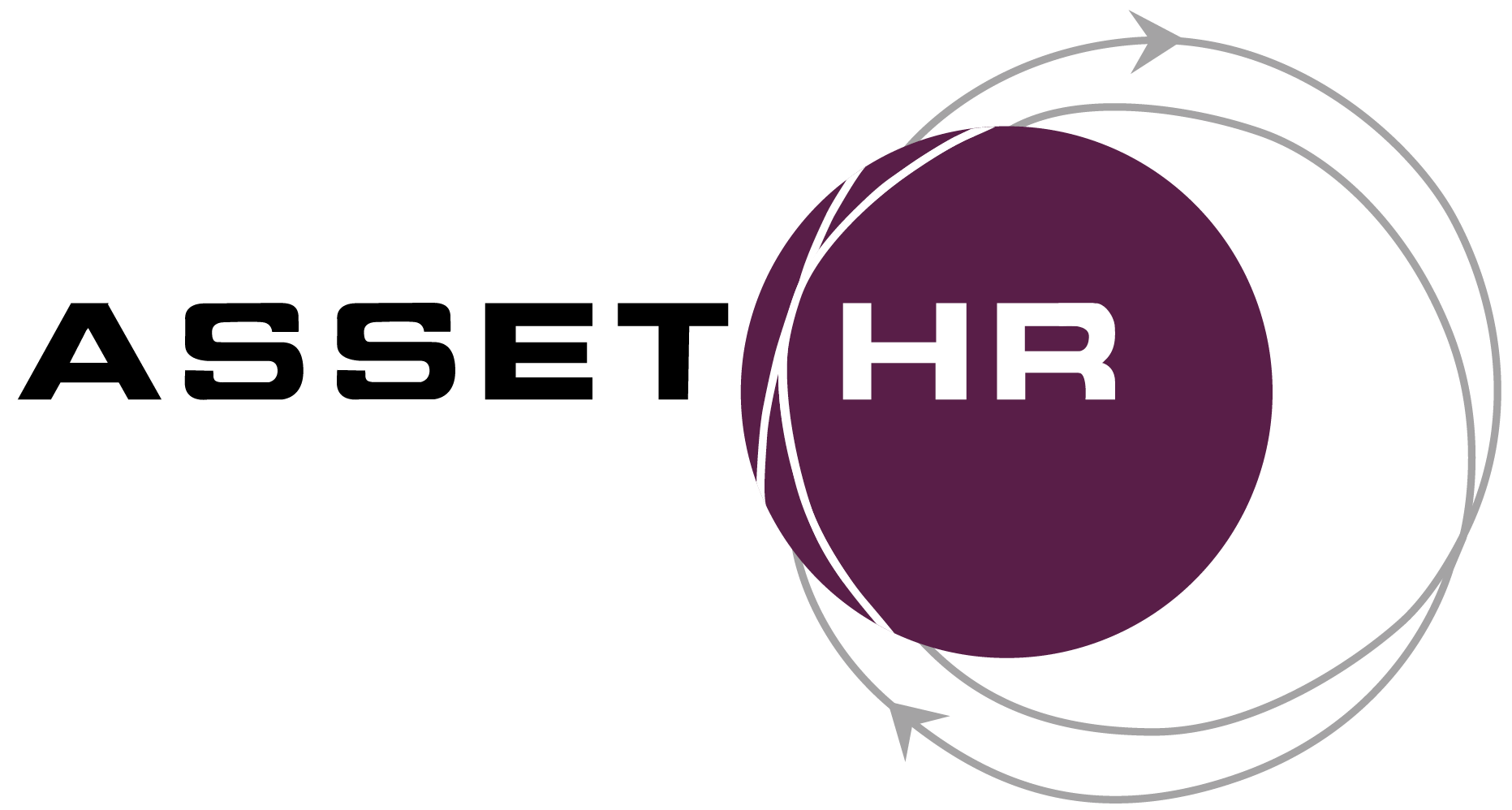Work-Life Balance Versus Work-Life Integration

In today’s busy world, employees struggle to balance their work and personal responsibilities. Both types of obligations are vital. Companies rely on employees to handle the duties they pay them for. At the same time, workers must make time for their families, friends, and themselves.
Often, you’ll hear the expression “work-life balance” when people talk about handling all of their responsibilities. However, the workplace is becoming more flexible, and many organizations are moving into a “work-life integration” structure.
You may be unfamiliar with both terms, and that’s okay. In this article, we’ll discuss work-life balance and work-life integration and how your workplace may adopt them in the future.
Work-Life Balance: A Definition
Work-life balance refers to the time spent at work versus on personal activities. In work-life balance, there is no overlap between work time and personal time. The person maintains complete focus on their work tasks during the work day, and when the work day ends, they shift into personal mode.
Some companies try to attract new hires by advertising their work-life balance. Usually, a workplace with a solid work-life balance doesn’t want employees working lots of overtime. They prefer their workers to leave at the end of the day unless there’s a particular project or deadline that they need to meet.
By promoting work-life balance, the employer signals that they want their employees to enjoy life outside the workplace. Ideally, they won’t base promotions on who spends the most time at the office. They want their workers to remain fresh and avoid burnout from too many responsibilities.
Work-Life Integration: A Definition
Work-life integration is a relatively new concept that takes work-life balance further. The idea likely arose during the COVID-19 pandemic, when offices closed and employees worked remotely from home. Most schools were closed, so children were also at home.
Parents working from home had to balance their job and their children’s care. As a result, the lines between work and personal responsibilities blurred. For instance, a parent might step away from their job for an hour to help their child fix lunch or ensure they were focusing on their homework.
In work-life integration, there is no forceful separation between work and personal hours. It’s a highly flexible arrangement that allows workers to focus their time where needed, whether at work or on individual responsibilities.
Companies that follow work-life integration policies don’t concern themselves with a strict nine-to-five workday. Work hours are flexible, and people start their job when it makes sense to do so. For instance, if they need to take their children to school at 8 a.m., they may start their workday at 8:30 a.m.
Employees who follow the work-life integration policy don’t worry about needing to leave work at 2 p.m. for a doctor’s appointment or to shop for groceries. They simply take care of the task and return to work when finished.
Preparing for Work-Life Integration as an Employer
While work-life integration can accommodate office workers, it’s a better fit for remote employees. Office workers can benefit from work-life integration’s flexible start and end times. However, if they try to leave during the workday to take care of other tasks, they’ll spend time commuting between responsibilities, which can drain their energy.
On the other hand, a remote worker has no commute. They simply log on to their computer and the workday starts. They’re in a better position to take care of personal tasks throughout the day and return to their job later.
As an employer, you must consider whether a work-life balance or a work-life integration scenario makes more sense. If your workforce is fully remote, work-life integration likely fits better. Work-life balance may be more achievable if you have office workers.
The Traditional Workplace Is Evolving
In the past, most offices provided a nine-to-five work schedule, and people stayed late to show their dedication to their employer. However, that model is changing quickly. Today’s workers want a balance between work and personal lives. They’re less likely to stick around for long bouts of overtime.
Employees also want to support their personal needs during work hours. If they need to cheer their child on during an after-school soccer game, they want the freedom to leave and return to work later.
Employers should pay careful attention to their workers’ needs and provide an environment for work-life integration. That way, employees can balance both responsibilities flexibly.
